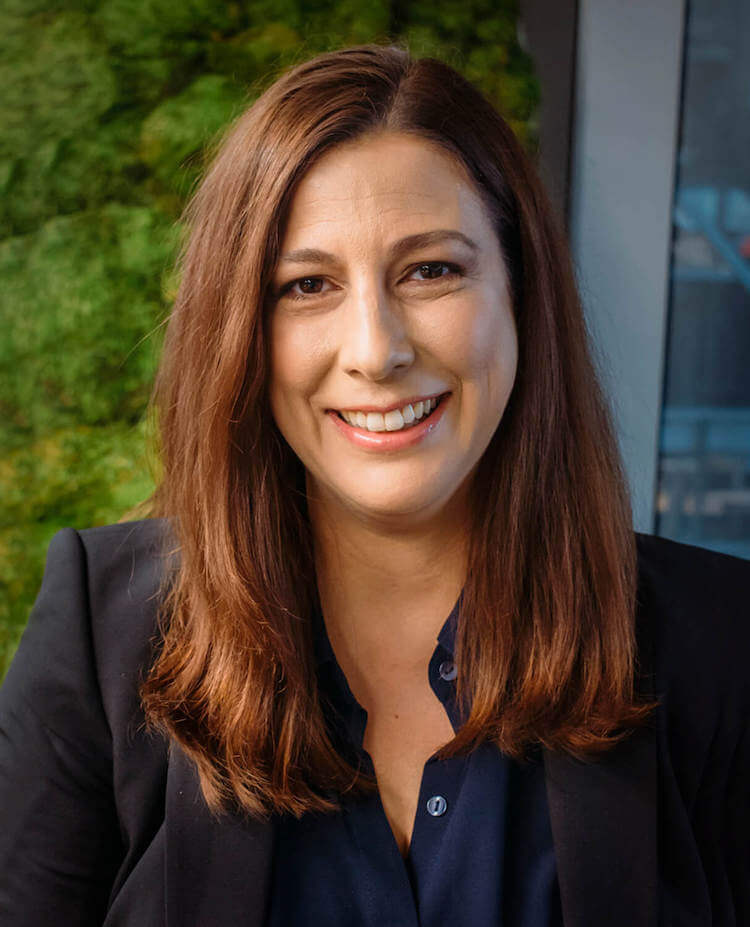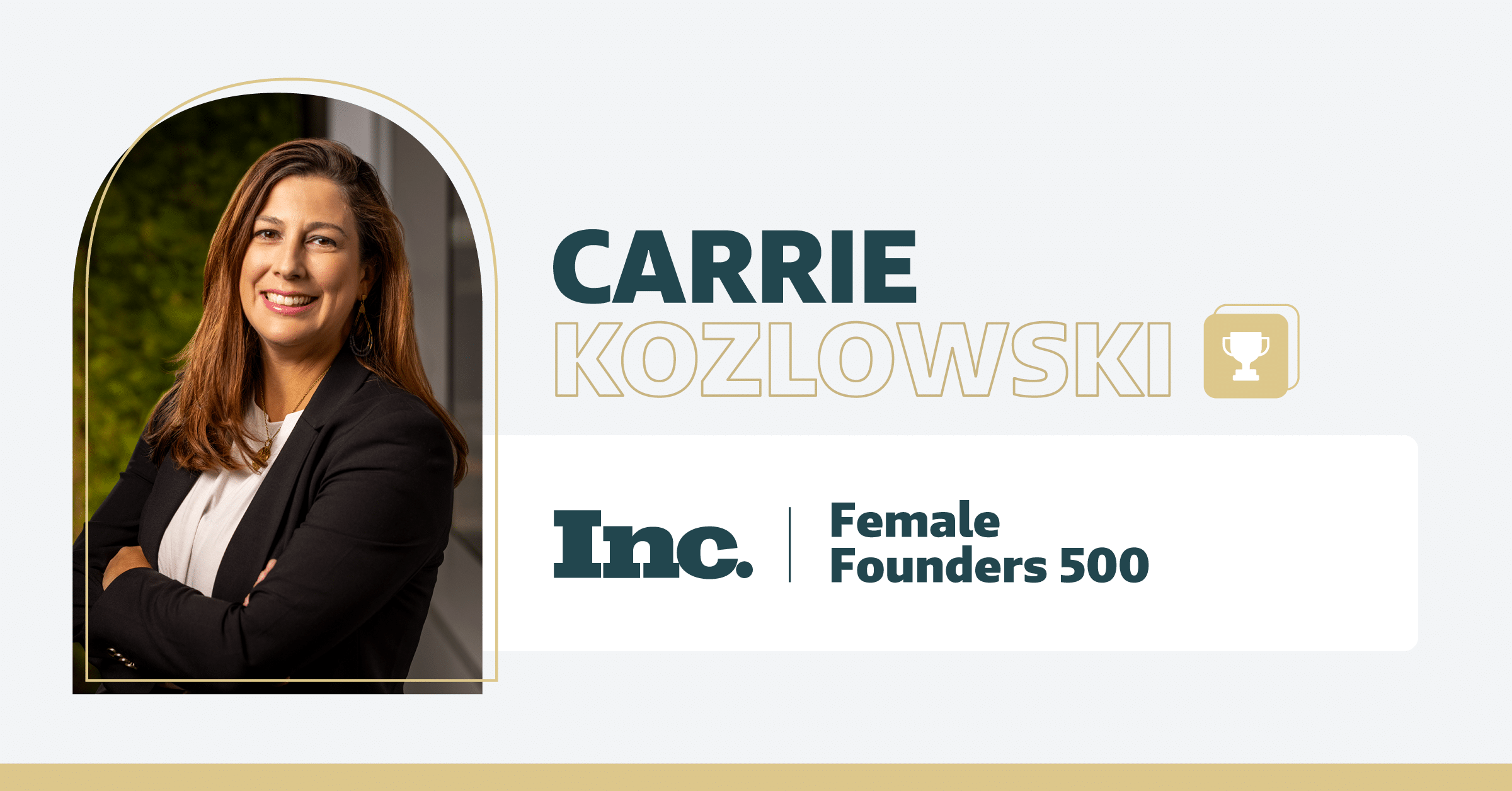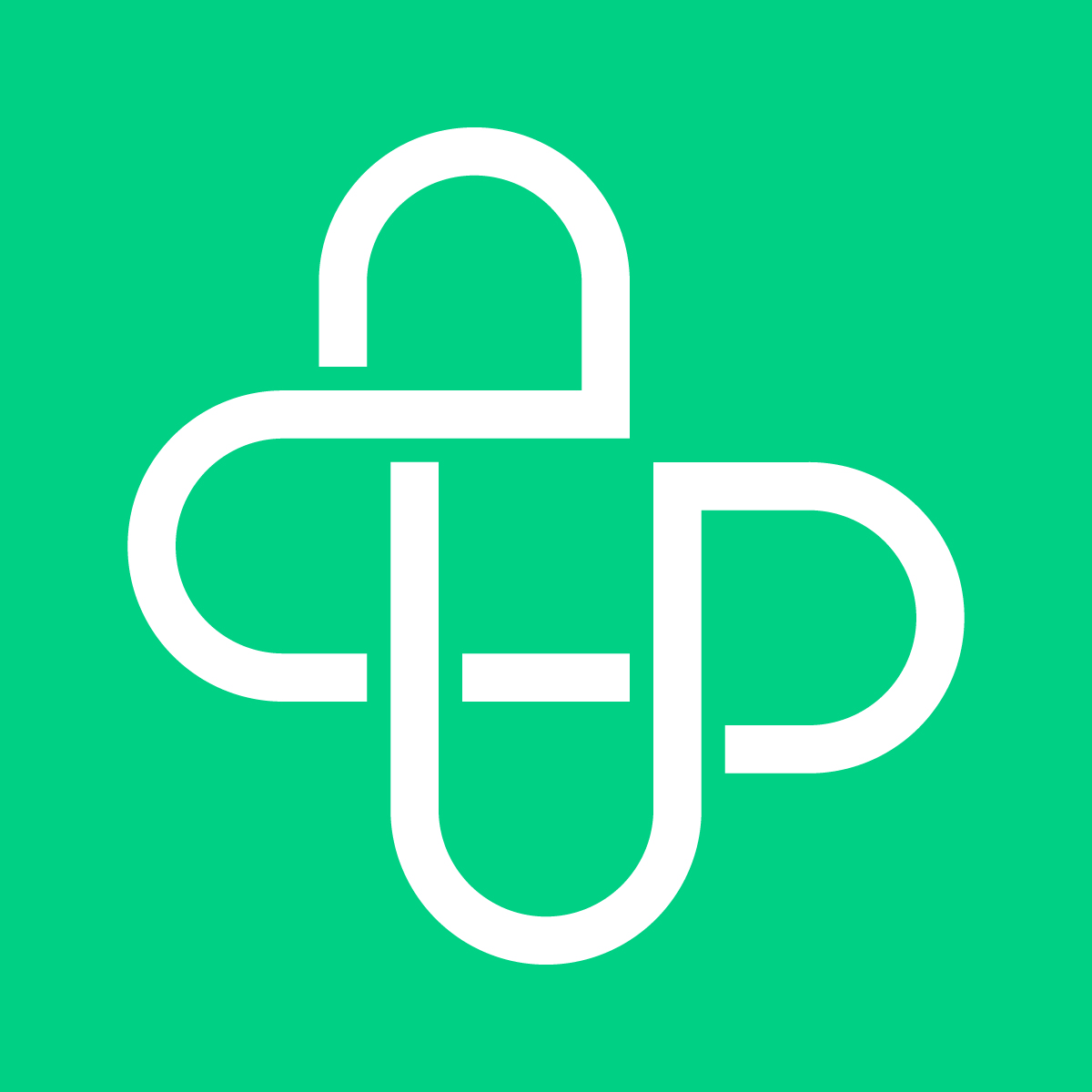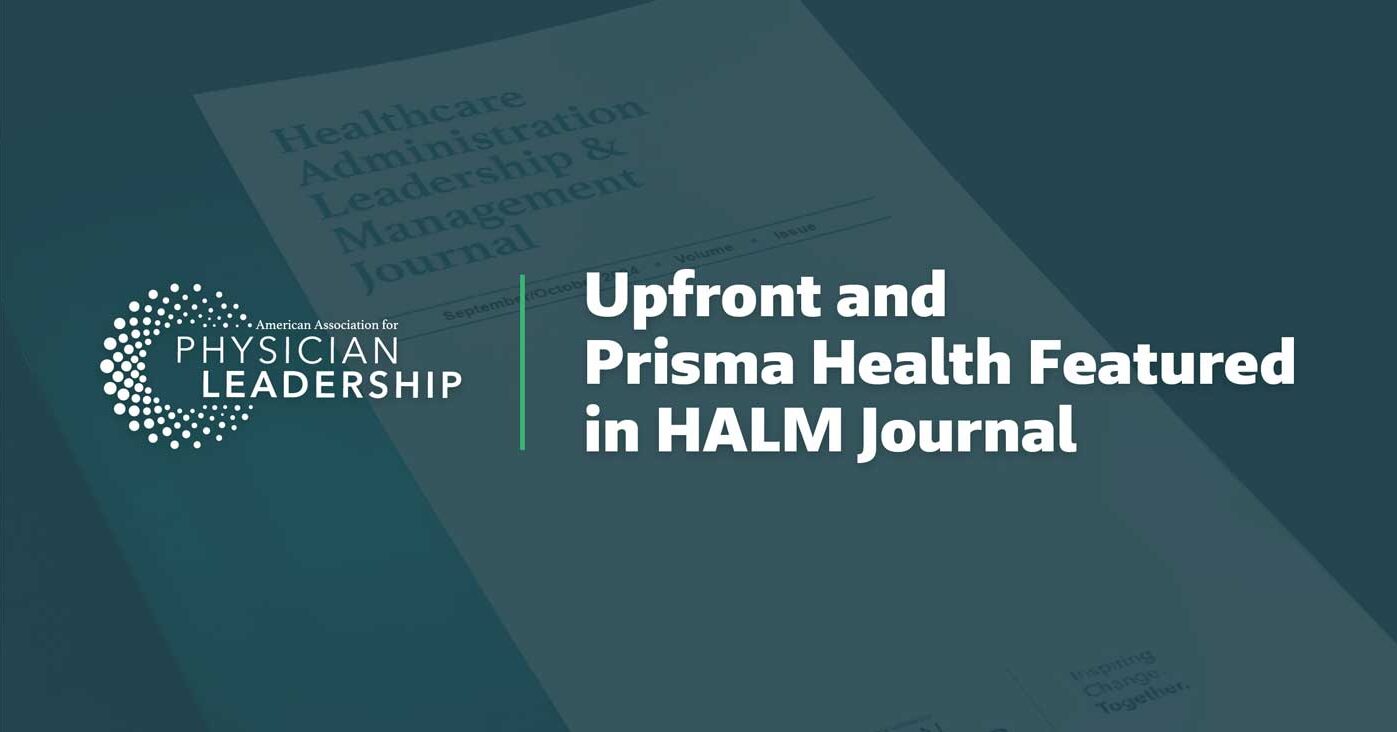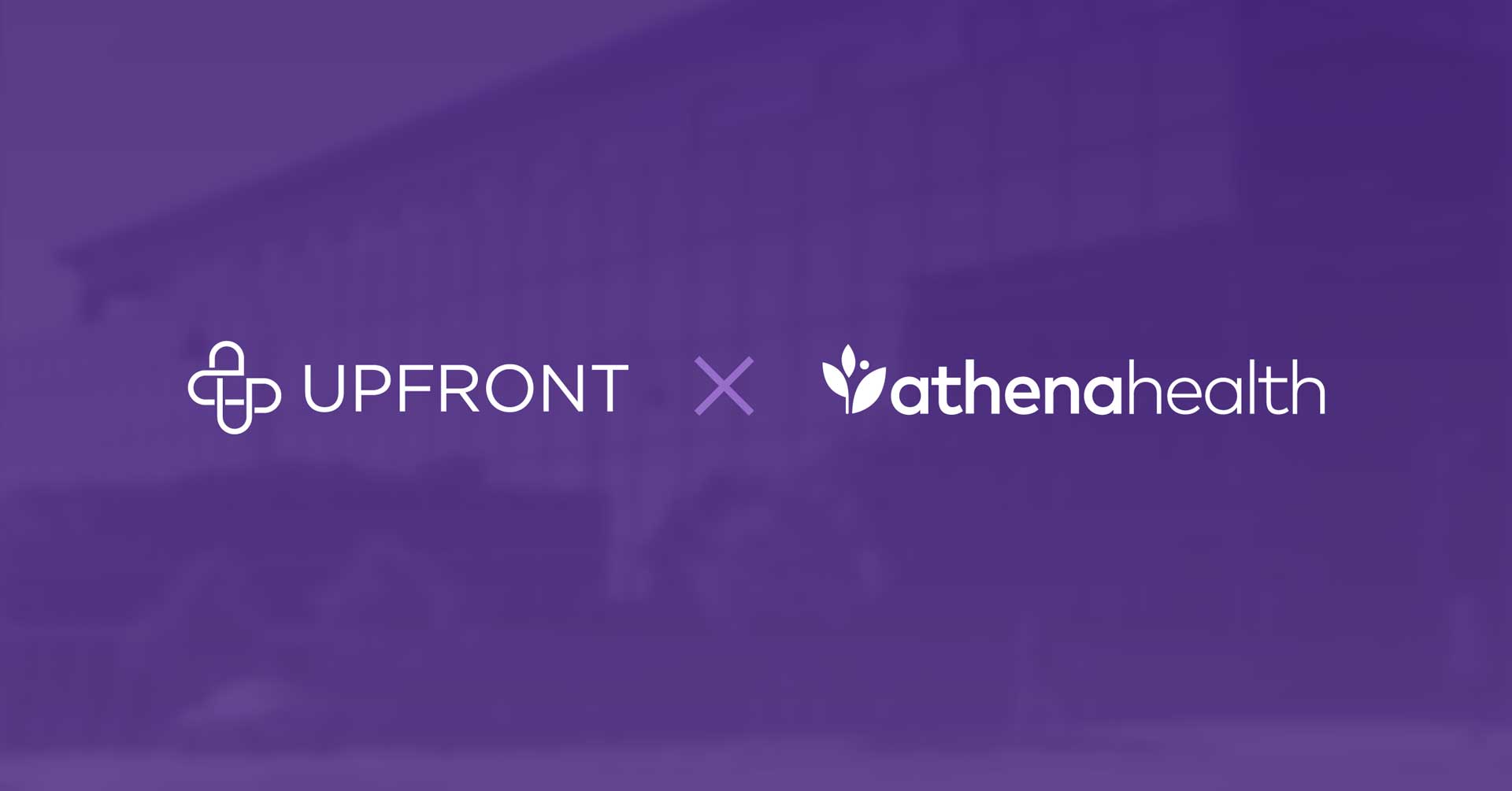Like so many of us do this time of year, I resolved to begin to take better care of myself, to catch up on the care I missed while too busy looking after my family, clients, and a company full of employees. As a healthcare professional dedicated to simplifying healthcare for patients and ensuring everyone is navigated to the care they need, I understand the system, have a clinical background, know the measures, and possess a very high health literacy. With some unboxed time between holidays, I made a list of the care I knew I needed.
My to-do list was not long. Schedule a primary care visit, a preventive screening, and two specialist appointments across the three different health systems where I am an established patient.
What happened next is as frustrating as it is familiar. I got nowhere fast, encountering obstacle after obstacle on my way to spending an entire morning of time just getting care booked, never mind the time off to receive the care in the future (also who knows what my personal and professional calendar will be in April?!?) The reality is, I am privileged to have that time to give and the flexibility at work to block time away.
- Obstacle 1: The struggle began at the portal log-in, with three separate password resets required, one for each provider, thanks to my own infrequent use (Where’s the value? Reference Obstacle 2). I can’t be the only one who has changed phones or cleared the cache on their browser, right? And no, I don’t have the apps. I do not see value in apps.
- Obstacle 2: A startling lack of clarity and prioritization across the board. I knew what care I needed, however what was flagged as due or overdue (or even omitted!) was misleading and downright confusing. Two providers said I needed a colonoscopy, one said nothing about it. Two providers said I needed a mammogram, one said nothing about it. One provider said I needed a pap smear, one said I didn’t, and one said nothing about it. One said I needed a physical and glucose screening (huh?), the others said nothing. And two providers were oddly concerned about my DTAP and tetanus. One thing they all flagged: my flu shot. Really? That’s the only care we are aligned on?
- Obstacle 3: Perhaps the most friction, trying to schedule. Since it seemed I need to be screened for colon cancer, I added it to my list. Yet, none of the portals allowed me to schedule. None told me how to schedule. None explained if I needed an order, a GI visit, a primary care visit or something else. Just a flag with no ability to act. Guess what I didn’t schedule? The other visits I needed were nearly impossible to schedule online. I would follow the decision tree to the last step and be told by a pop-up error “this cannot be scheduled.” I would go back and try again, making (and tracking) the small decision changes I made to try to make it to the finish line. Some appointments required an actual phone call. One I made at 11:56am, just before they closed for an hour for lunch and didn’t take calls. Not kidding. And yes, at this point in the process it was almost afternoon. Thank goodness I wasn’t actually trying to work today.
- Obstacle 4: The biggest turn-off: a complete and utter lack of personalization. As an existing patient, one who has previously filled out multiple paper screening forms and seen these same providers for years, it shocked me (though it shouldn’t have) to observe a lack of attention to the specific care I needed. I have additional required screenings I get annually due to family history. None of these were flagged to me, therefore there was no clarity about whether I should complete those or the standard screenings, and in which order. Why did I take the time to painstakingly detail this information if it was not going to be used to personalize my care?
- Obstacle 5: Access. Fats Domino singing, I hear you knocking but you can’t come in reverberated in my head. Having to wait three weeks for cervical cancer screening, three months for primary care, six months for my other specialist. Great news on the specialist, though, just three months lead time for the PA. This after a recent encounter with the nurse at this practice who flagged a discrepancy, telling me I needed to come in, then telling me they were booked solid for six months.
“Don’t worry,” she said. “Your fallback is to go to the ER.” Perfect. I hope my health plan didn’t negotiate a value-based contract with you. (Side note: I know they did.) Also, I can almost predict the upcoming waste for that practice. We know visit adherence is a tremendous problem for large multispecialty groups and PCPs, especially for care booked out more than a couple weeks.
- Obstacle 6: A total lack of an effective proactive communication strategy, which circles us back to the start where I remain the steward of my own healthcare rodeo. For all the preventive care I knew I needed, whether it was indicated I needed it or not, I received no proactive outreach, unless you count the three weekly missed calls in November left at 10am on a Wednesday, while I was in the same recurring meeting at work. Like everyone else, if I do not take charge of this process, this necessary, preventive care is not going to happen.
Sigh.
I am disheartened that my experience was not unique or equitable. I have healthcare expertise, time to give, and financial means. Emerging from the pandemic, as a population our gaps in care have widened, our access has worsened, and experiences like mine only ensure that folks will delay care even further because healthcare is too damn hard. Throw up enough roadblocks and people will shut down, gutting it out until creeping onset conditions cannot be reversed or tragedy strikes and it’s too late.
If you are a provider, you are seeing this from the other side. You are seeing patients arrive sicker, angrier, and more confused. Your organization’s operations feel inefficient and you’re burning through clinicians functioning as call center agents, all the while your no-show and late cancel rates climb.
Nearly three years after my best friend and colleague, Barbara, implored before her passing, “We should be able to do better” for patients, we still aren’t.
Healthcare is (still) broken. Now what?
To my healthcare colleagues, we have mapped out the frictions and fractures in the system. Let’s resolve to make 2023 the year we turn the corner on addressing them. Twenty years into my own professional journey and almost seven years into tackling these challenges as an entrepreneur with Upfront, we have partnered with over 100 healthcare enterprises to navigate millions of patients to necessary care. Where my providers let me down, I am proud to say we circumvent that for many others.
I’ll reiterate once more, “We should be able to do better.” The time is now.
